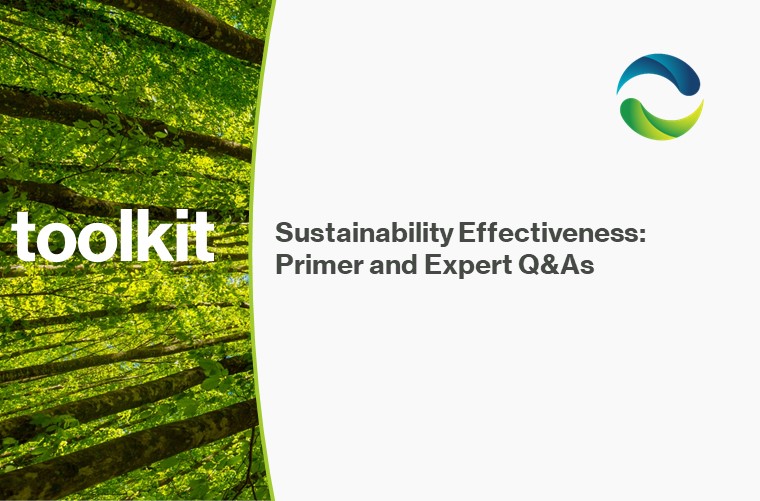The green bond market is expanding rapidly. Global green bond issuance has grown over 200-fold in the last decade, from $2.3 billion in 2012 to $511.5 billion in 2021. In that period, these bonds accounted for over 93% of total green finance globally.
Green bonds exclusively fund projects with positive environmental impacts. The first green bond was issued in 2007 by the European Investment Bank, which used proceeds for renewable energy and energy efficiency projects. What began as a slow-growing market has been expanding exponentially in recent years – and nearly doubling from 2020 to 2021 alone. The rapid growth of green bond issuance underscores the ever-increasing pressure to achieve climate goals and realize a net-zero economy.
Beyond environmental stewardship, companies may benefit financially and reputationally in a number of ways from issuing green bonds:
-
“The greenium”: This concept refers to the premium of a green bond. Borrowers of green bonds are able to pay lower interest rates than those of conventional bonds. While the spread between green and traditional bonds is small – up to 11 basis points – it is significant enough for CFOs to keep an eye on as they consider their financial strategies.
-
Investor base diversification: Issuers of green bonds attract new investors. Companies issuing these types of bonds have seen an increase in the share of long-term and green investors by 21% and 75%, respectively.
-
Stock price increase: Studies have found a positive stock price reaction around the announcements of green bond issuance. The stock price increase is particularly strong for issuers with green bonds that have been certified by independent third parties.
-
Higher return on investment: Companies issuing green bonds benefit from higher financial performance. Borrowers see an improvement in the return on assets (ROA) – a measure of profitability – by nearly six percent in the long run.
-
Enhanced environmental performance: Green bond issuers show improved environmental outcomes. They tend to have lower emissions, more green innovations, and better environmental scores, all enhancing company reputation.
Nevertheless, the rapid growth of the green bond market and its numerous benefits to issuers has introduced problems for regulators and investors. Concerns rise over greenwashing: in this case, a phenomenon in which green bond issuers make exaggerated environmental claims in order to secure funding from investors. A lack of standardization around what constitutes a green bond has contributed to a lack of credibility and consistency. Furthermore, despite the acceleration of this market, green bond growth is still insufficient. In order to achieve a net zero economy by 2050, green bond issuance must reach $5 trillion annually by 2025.
Despite these concerns, the green bond market has a promising future. New standards aim to tackle issues of greenwashing; for instance, proposals for the EU Green Bond Standard (EU GBS) would increase transparency of the green bond market. Additionally, S&P Global Ratings estimates that annual sustainable bonds (including green bonds) will surpass $1.5 trillion before 2023.
Although green bonds make up a small portion (1.7% from 2012–2021) of the total bond market, issuance continues to rise exponentially. The green bond market is a new yet promising space. Companies are increasingly recognizing the environmental, financial, and reputational benefits of green bond market participation. Financial leaders should pay particular attention to this developing market and take advantage of the opportunities that lie ahead. Green bonds are a key ingredient to meeting global sustainability goals and will only become more significant to the overall bond market.
Climate action demands skilled financial leadership in a rapidly evolving marketplace. If you’d like to learn more about how we’re helping CFOs and other financial leaders navigate the transition to a low-carbon economy, or if you’d like to participate in our research, contact us at info@theclimateboard.com.




